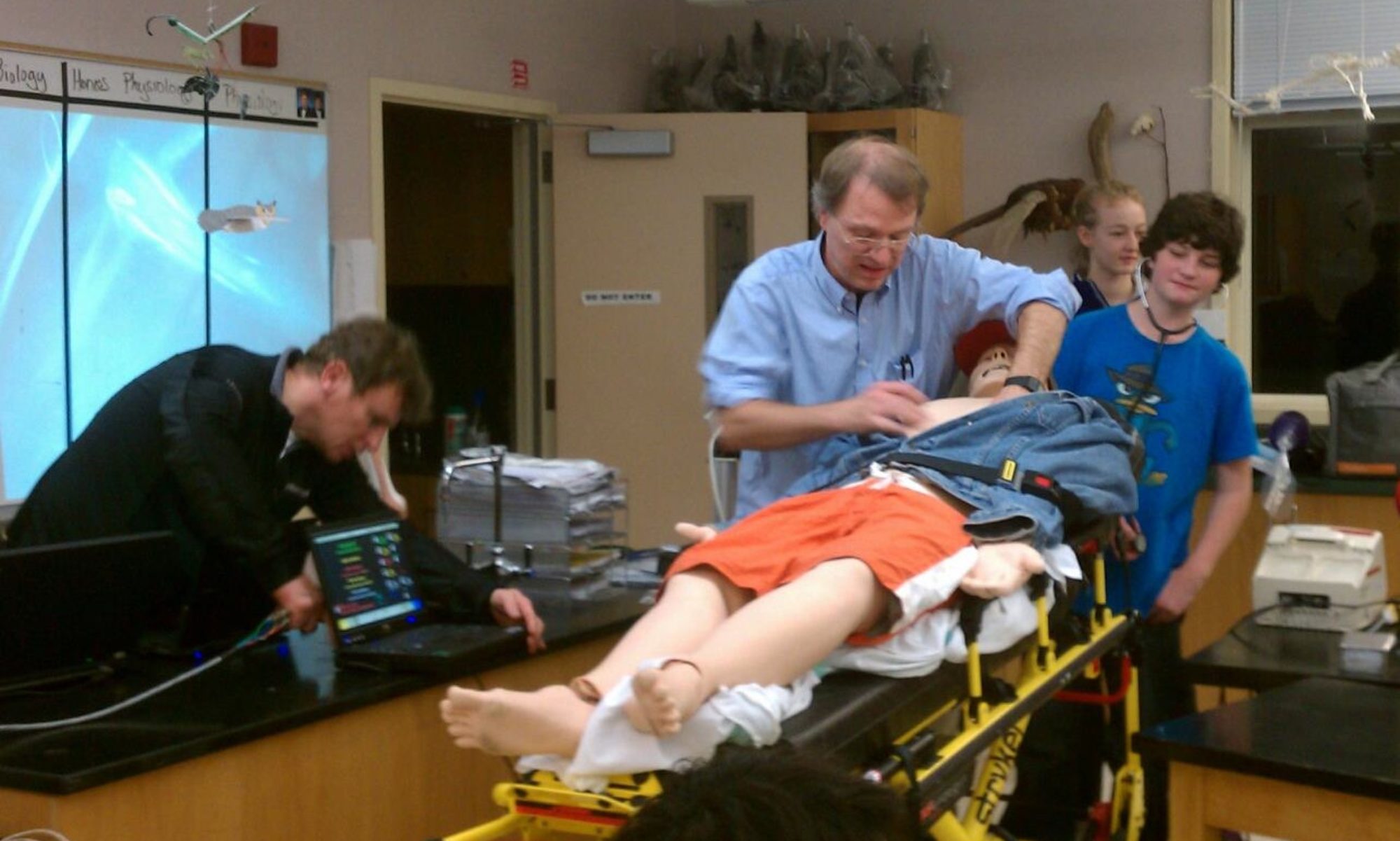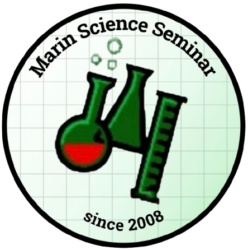“Stimulating the Brain with Electricity and Stem Cells”
with Daniel Lim MD PhD
October 21, 2009
Dr. Lim will discuss Neurosurgery for Parkinson’s Disease and other Tremor Disorders, treatments for such disorders ranging from Deep Brain Stimulation (delivery of electrical currents), and the future of stem cell based therapies of such disorders.
Dr. Lim is Assistant Professor in Residence of Neurological Surgery and Director of Restorative Neurosurgery at the UCSF School of Medicine. The focus of his research is on neural stem cells and neurogenesis. He is particularly interested in the molecular biology of the population of neural stem cells found in the subventricular zone (SVZ). For neural stem cells to make neurons, daughter cells need to express certain sets of genes while repressing others. The maintenance of such lineage-specific transcriptional programs is in part regulated by chromatin structure – the “packaged” state of DNA with histone proteins. Recently, Dr. Lim’s work has revealed that the chromatin remodeling factor called Mixed Lineage Leukemia-1 (MLL1) is essential for postnatal neural stem cells to make new neurons. Currently, his work focuses on the molecular mechanisms by which MLL1 specifies a transcriptional program instructive for neurogenesis. In the future he hopes to define the genetic programs and molecular mechanisms that guide the formation of neurons and glia from SVZ neural stem cells, and translate these discoveries into cell-based and genetic therapies for human neurological diseases.
In addition to his basic science interests, Lim has a clinical interest in stereotactic neurosurgery and has worked to study deep brain stimulation for movement disorders including Parkinson’s disease, essential tremor, and atypical tremors resulting from multiple sclerosis or stroke.









